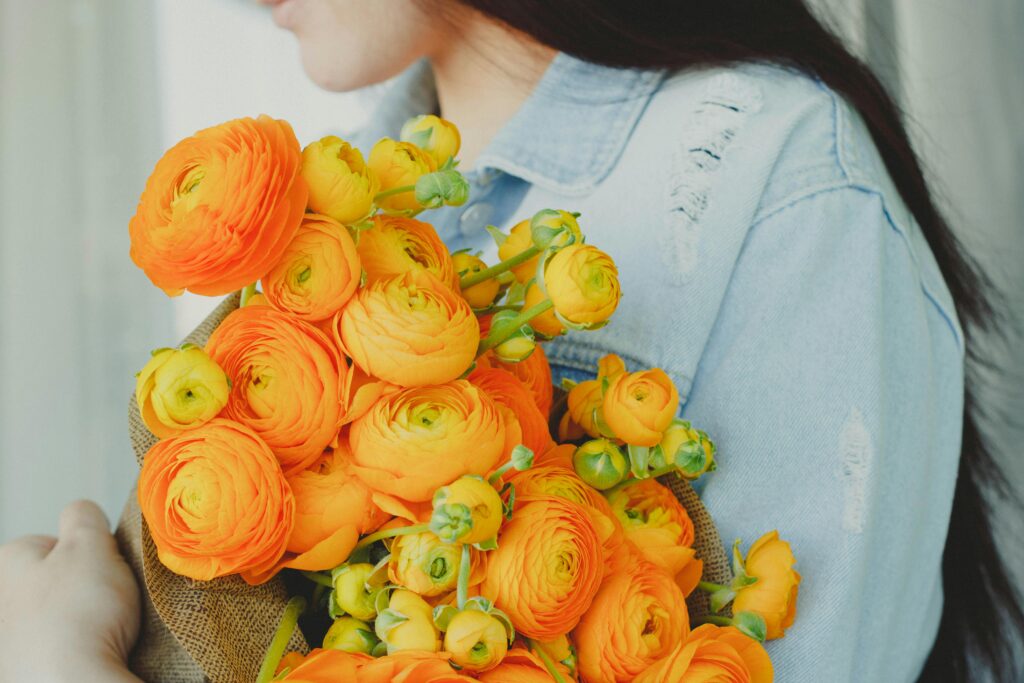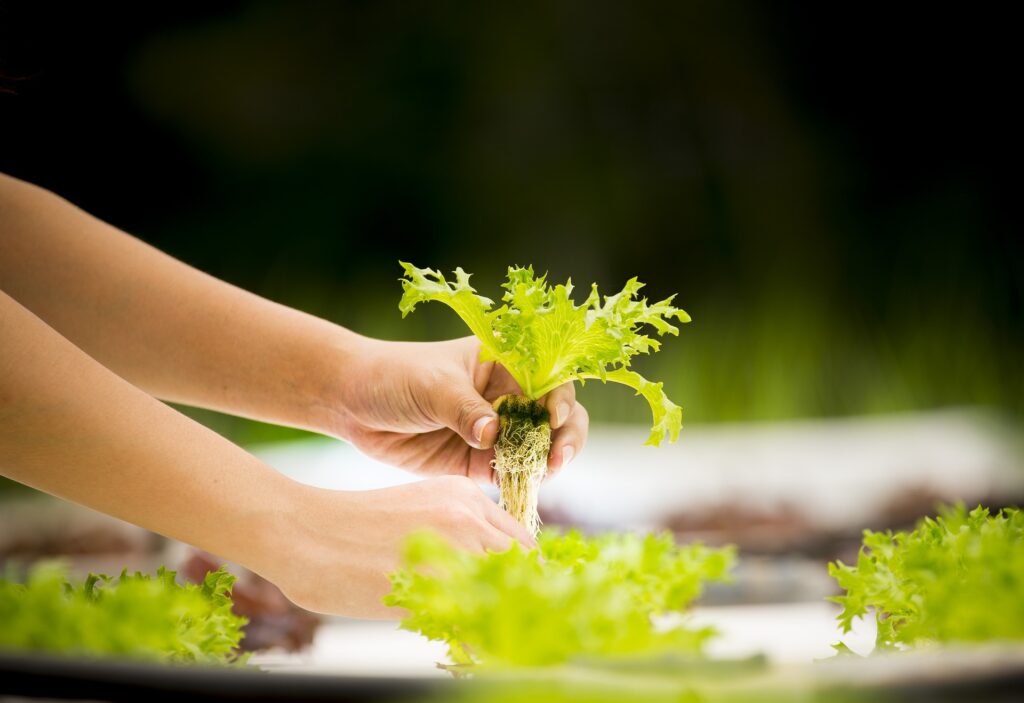Table of Contents
Plant Ranunculus Bulbs: Introduction
Welcome to the enchanting world of ranunculus, a flower that captivates with its myriad of colors and intricate petal formations. These blooms are not just flowers; they’re a statement of beauty, elegance, and diversity. Whether you’re an avid gardener or a floral enthusiast, learning to plant ranunculus bulbs opens the door to a garden filled with vibrant colors and textures. This guide is your comprehensive companion in exploring the various types of ranunculus, from the delicate butterfly ranunculus to the richly hued burgundy varieties. Embark on this floral journey to bring a splash of color and joy to your garden or home.
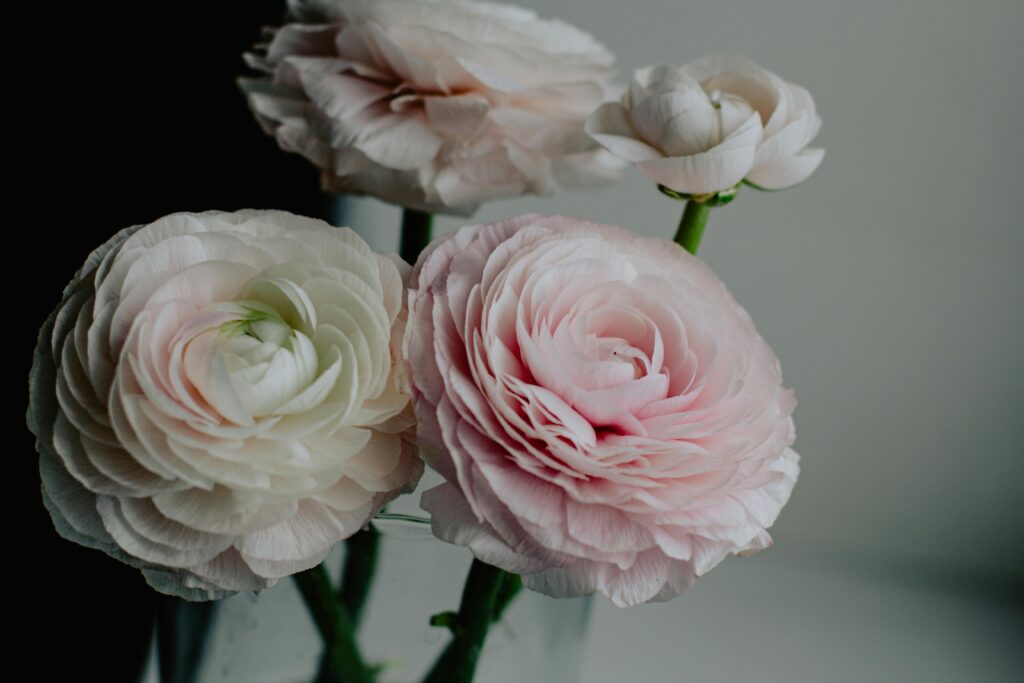
Understanding Ranunculus
Ranunculus, with their lush, multi-layered petals, resemble miniature roses or peonies but are in a league of their own. Originating from the eastern Mediterranean, these flowers have journeyed through history to become a beloved staple in gardens and floral arrangements across the globe. Ranunculus bulbs, or more accurately, corms, are the secret behind their beauty, storing all the nutrients these flowers need to bloom in a dazzling array of colors.
Types of Ranunculus
Butterfly Ranunculus
Imagine petals as delicate as a butterfly’s wings dancing in the breeze; that’s the butterfly ranunculus for you. This variety, with its long stems and ethereal beauty, is perfect for adding a touch of whimsy to any bouquet.
White Ranunculus
The white ranunculus is purity personified. Its crisp, clean petals are a favorite for weddings, symbolizing new beginnings and timeless elegance.
Peach Ranunculus
Soft, soothing, and utterly charming, the peach ranunculus brings a gentle warmth to any arrangement. It’s like a cozy sunset, captured in the form of a flower.
Orange Ranunculus
Bold and vibrant, the orange ranunculus is a burst of energy and joy. It’s a celebration of color that brings life and excitement wherever it blooms.
Pink Ranunculus
From soft blushes to deep fuchsias, pink ranunculus flowers speak the language of love and admiration. They’re versatile, fitting seamlessly into both serene and vibrant color palettes.
Burgundy Ranunculus
The burgundy ranunculus is elegance wrapped in mystery. Its deep, wine-colored petals add a touch of sophistication and depth to any floral composition.
Yellow Ranunculus
Bright and cheerful, the yellow ranunculus is a beacon of happiness. It’s a symbol of friendship and joy, making it a perfect pick-me-up flower.
Benefits of Planting Ranunculus
Beyond their stunning appearance, ranunculus flowers enrich your garden in many ways. They attract beneficial pollinators, adding life and vitality to your outdoor space. Plus, their wide range of colors and forms allows for endless creativity, whether in garden design or floral arrangements.
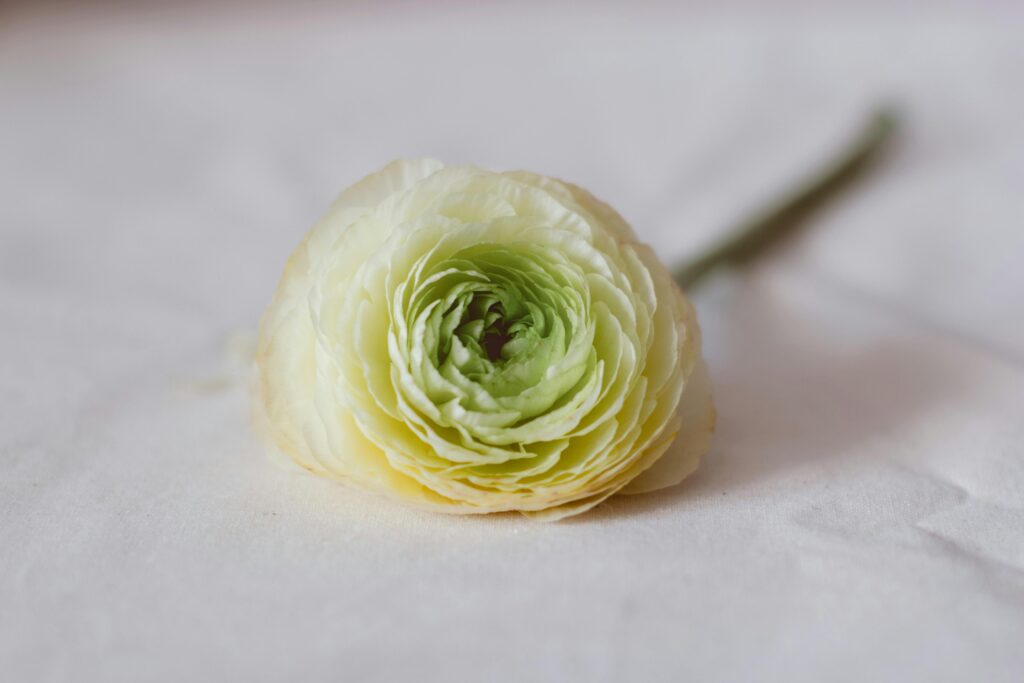
How to Plant Ranunculus Bulbs: A Step-by-Step Guide
When you plant ranunculus bulbs, these can transform your garden into a vibrant palette of colors. These flowers, known for their stunning beauty, require some care and attention to detail to flourish. Here’s how you can achieve a blooming garden of ranunculus flowers:
Step 1: Choose the Right Time
The ideal time to plant ranunculus bulbs depends on your climate zone. In cooler regions (USDA zones 4-7), plant the bulbs in early spring, as soon as the risk of frost has passed. In warmer climates (USDA zones 8-10), plant the bulbs in late fall, allowing them to establish roots and bloom in late winter or early spring.
Step 2: Select a Suitable Location
Ranunculus prefer a spot that receives full sunlight for at least 6-8 hours a day. They thrive in areas with good air circulation and well-draining soil to prevent waterlogging, which can cause the bulbs to rot.
Step 3: Prepare the Soil
Loose, fertile soil is key to successful ranunculus growth. Use a garden fork or tiller to loosen the soil to a depth of about 12-15 inches. Mix in a generous amount of compost or well-rotted manure to enrich the soil with nutrients. If your soil is heavy clay, consider adding sand or perlite to improve drainage.
Step 4: Soak the Bulbs
Before planting, soak the ranunculus bulbs (corms) in lukewarm water for 3-4 hours. This hydration jump-starts their growth process, encouraging stronger roots. Be careful not to soak them for too long, as excessive moisture can cause them to rot.
Step 5: Plant the Bulbs
Plant the bulbs approximately 2 inches deep with the claws or pointed ends facing down. Space them about 4-6 inches apart to allow for ample growth room. In containers, you can place them closer together for a fuller display.
Step 6: Water Gently
After planting, water the area gently to settle the soil around the bulbs. The soil should be moist but not waterlogged. Ranunculus bulbs need consistent moisture to grow, so keep the soil evenly damp, especially during dry spells.
You can also water the flowers like ranunculus and Orchids with Ice Cubes.
Step 7: Mulch and Fertilize
Applying a thin layer of mulch can help retain soil moisture and regulate temperature. Once the shoots appear, you can start feeding the plants with a balanced, slow-release fertilizer to support their growth and blooming.
Step 8: Care During Growth
As the ranunculus plants grow, they may require support to keep them upright, especially the taller varieties. Use stakes or a flower support to prevent the stems from bending or breaking. Remove any weeds that appear to keep the area tidy and reduce competition for nutrients.
Step 9: Enjoy the Blooms
Ranunculus will start blooming about 90 days after planting. You can cut the flowers to create stunning bouquets, which encourages more blooms to form. Deadhead spent flowers to maintain a neat appearance and promote continued flowering.
Aftercare
Once the blooming season is over, and the foliage has died back, you can lift the bulbs from the ground in zones where they are not hardy. Store them in a cool, dry place over the winter, and replant the following year. In warmer climates, they can be left in the ground to naturalize and bloom again next season.
By following these steps, you can ensure your ranunculus bulbs are planted correctly, paving the way for a garden filled with beautiful, vibrant flowers that will captivate everyone’s attention.
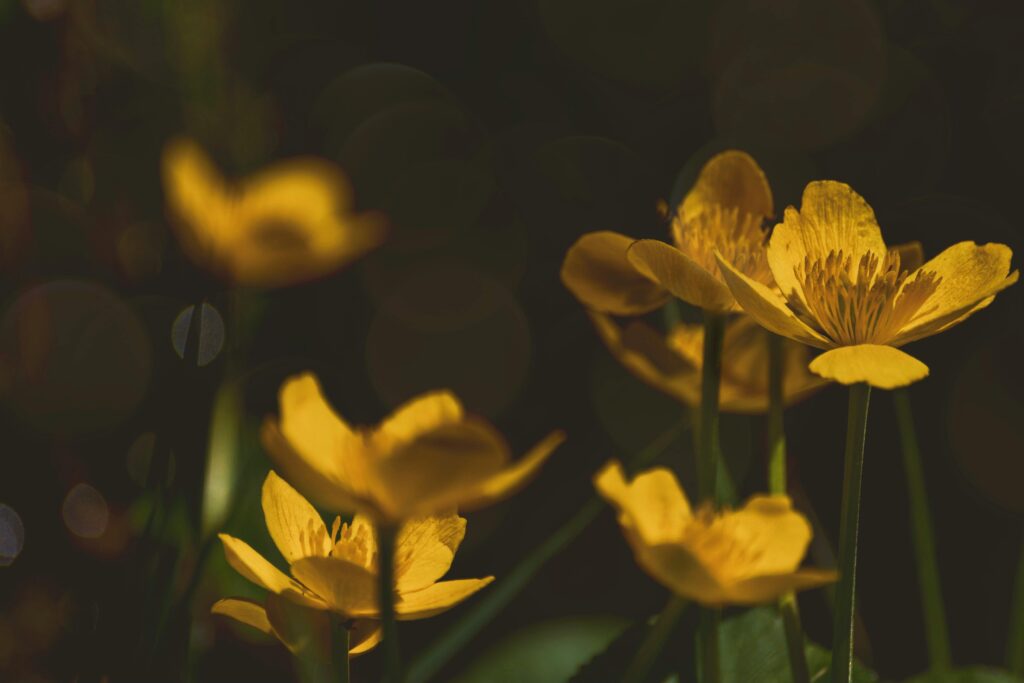
FAQ Section
Can I plant ranunculus bulbs in containers?
Yes, ranunculus can thrive in containers as long as they have good drainage. Ensure the pot is deep enough to accommodate their roots, and follow the same planting and care guidelines as you would for garden planting.
How long do ranunculus take to bloom?
Ranunculus typically bloom about 90 days after planting. Blooming can last for 4-6 weeks, depending on the weather and growing conditions.
Do ranunculus come back every year?
In warmer climates (USDA zones 8-10), ranunculus can act as perennials, coming back for several years. In cooler areas, they are often grown as annuals, but you can lift and store the bulbs over winter for replanting.
How much water do ranunculus need?
Water ranunculus plants to keep the soil consistently moist but not soggy. They require about 1 inch of water per week, either from rainfall or supplemental watering.
Can I plant ranunculus bulbs in the spring?
In cooler regions, ranunculus bulbs are best planted in early spring after the risk of frost has passed. In warmer areas, they should be planted in the fall for winter or early spring blooms.
Plant Ranunculus Bulbs: Conclusion
In wrapping up our comprehensive exploration of how to plant ranunculus bulbs, we’ve traversed the vivid landscapes these blooms can create in our lives. From the delicate whisper of butterfly ranunculus to the rich, velvety hues of burgundy varieties, ranunculus flowers offer a symphony of colors and textures to enchant any garden space. This journey has not only illuminated the practical steps needed to cultivate these beauties—from selecting the right planting time and location to understanding the nuances of care and maintenance—it has also highlighted the deeper connection between gardening and personal well-being.
Planting ranunculus goes beyond the act of gardening; it is a foray into the art of creating beauty and a testament to the patience and care that cultivation requires. These flowers, with their layers of delicate petals and spectrum of colors, serve as a reminder of nature’s incredible diversity and the simple joys that caring for a living thing can bring. Whether nestled in the heart of an urban farm or adorning a rooftop garden, ranunculus blooms stand as beacons of beauty and resilience.

